When I became a Mason, I had it in my mind that the ritual I was seeing in the first few ceremonies had been the same since the beginning of speculative Freemasonry. But the more time that has passed, I’ve come to find that it’s not entirely true. Not only has it changed over the years in the ritual I’ve been learning, Emulation, but there are also many other different workings of the ritual used across the country.
It wasn’t until I started visiting other lodges that I was properly introduced to this idea of different workings. At first, I thought the senior brethren were just getting things wrong. I was still learning and thought maybe I had misunderstood something myself. But after whispering my confusion to the brother I’d travelled with, he told me, casually over a beer before the festive board, “They do a different ritual.” And that has stuck with me.
At first, I thought, shouldn’t we all be doing the same ritual? Isn’t Freemasonry universal in its teachings and presentation? That small moment led to a much larger curiosity. What do they mean by a different working? How many are there? And why?
So far, the only two workings I’ve properly seen in full are Emulation and Universal, which makes sense. Emulation is the most widely used ritual under the United Grand Lodge of England (UGLE). It’s neat, highly structured, and focused on precise delivery. The emphasis on memorisation is real, it feels like a rite of passage to get the words right and carry yourself with a certain ritual “discipline”.
It wasn’t until I’d gone through the three degrees that I learned that Emulation was itself a product of compromise, a merging of the “Antients” and the “Moderns” around 1813. And even though Emulation became the standard for many, it wasn’t published officially until the late 1960s. For over 150 years, it lived in the oral tradition, passed down through Lodges and individuals, naturally developing minor variations. I’ve noticed even within Emulation, what one Lodge considers correct might slightly differ from another’s tradition — a different phrase here, a different pause there.
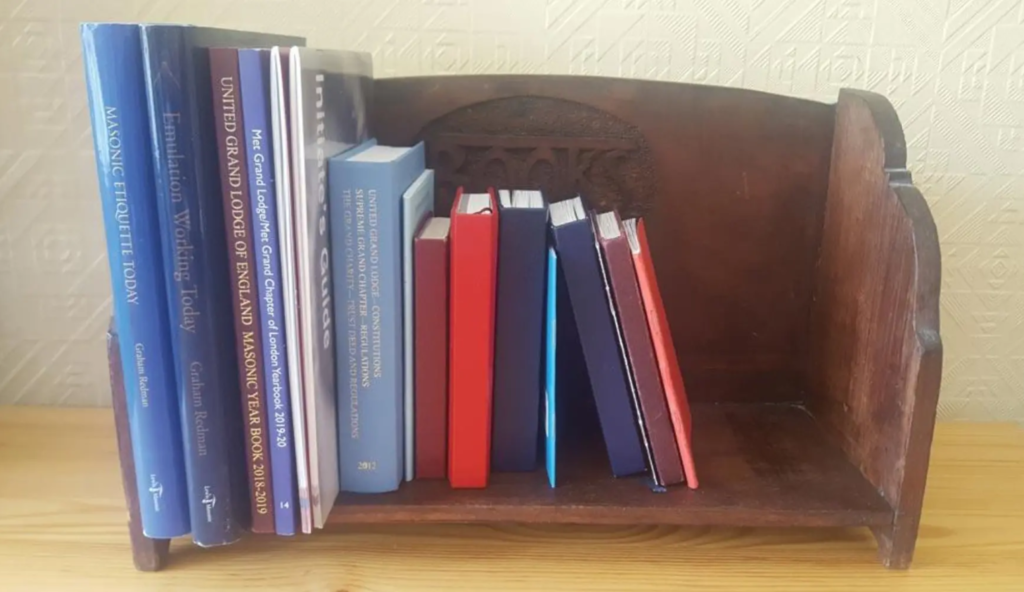
Understanding these variations is key to appreciating both the shared heritage and the individuality of modern Freemasonry.
At the heart of this discussion are the ritual workings officially recognised by UGLE: Emulation, Universal, and several other historic, local, or specialist variants that continue in certain lodges. Each has its own style, cadence, and emphasis, yet all convey the same essential moral and symbolic lessons.
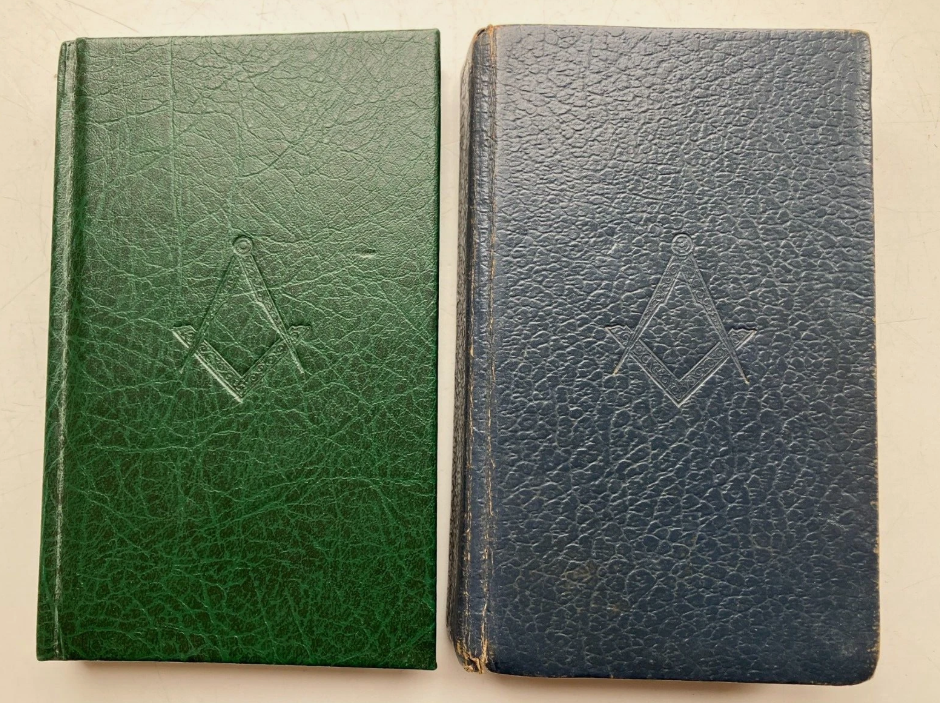
Emulation Workings
Emulation is perhaps the most widely known and practised working in England. Its hallmark is consistency and precision. Ceremonies follow a set pattern, with movements, gestures, and words codified so that the ritual is recognisable across lodges. This consistency offers the travelling Mason a sense of familiarity; when visiting a distant lodge, the proceedings feel largely the same.
Floor work in Emulation is meticulously defined. Candidates, officers, and brethren have clearly assigned positions. Movements during processions, symbolic gestures, and approaches to altars are precise and carefully rehearsed. While there is little room for improvisation, this precision ensures clarity and solemnity, making the ritual both accessible and dignified.
Beyond the physical execution, Emulation rituals emphasise the rhythm of the lecture. Officers are trained to deliver instructions with uniformity, preserving the moral and symbolic content exactly as intended. This rigour ensures that the lessons remain intact and recognisable, no matter which lodge one visits.

Universal Workings
Universal workings occupy a slightly different space. Historically, they were described as more adaptable, with a degree of flexibility in gestures, wording, and sequences. Modern practice, however, presents a more nuanced picture. Conversations with Masons who regularly participate in Universal workings reveal that these ceremonies can be highly regimented, particularly in floor work. Positions, movements, and processions follow strict protocols, and any deviation is carefully managed by the Master of the lodge.
Where Universal retains flexibility is often in the delivery of lectures and explanations. While the sequence of events is generally fixed, the wording and emphasis can vary slightly depending on the lodge and the experience of the officers. This allows the ritual to remain alive and engaging, without compromising the core symbolism. In short, Universal works on a spectrum: regimented in form, yet adaptable in nuance.
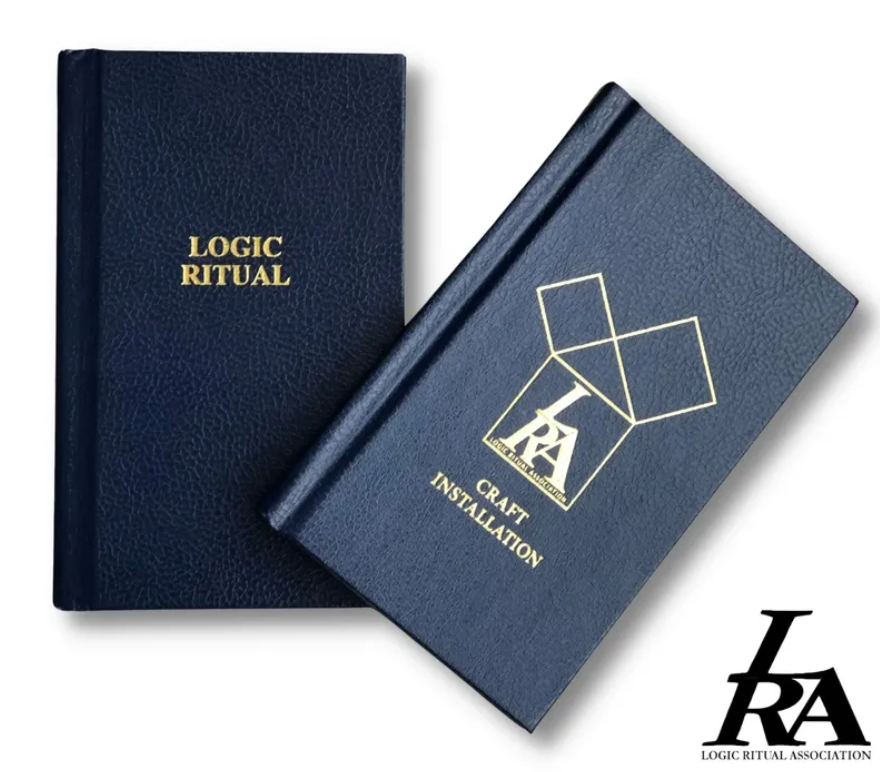
Logic Lodge of Instruction
When I heard of “Logic Ritual” I assumed it referred to a separate working, but it’s not actually a distinct ritual at all.
I have come to learn that the “Logic Ritual Book” published, is not a separate working. The Logic Lodge of Instruction (No. 94), one of London’s most respected teaching lodges, has long been associated with Emulation Working.
In truth, it’s Emulation Working as taught, annotated with notes and guidance from the Logic Lodge’s tradition, and demonstrated by the Lodge, known for its precision, attention to detail, and polished floor work. Over time, its dedication to accuracy and tradition led many to refer to their style as the “Logic ritual.”
Old Working (sometimes called “Ancient” or “Old Ritual”)
The Old Working, often referred to as Ancient, preserves elements from the early 18th-century ceremonies that predate the formal standardisation of Emulation. Its vocabulary, gestures, and floor arrangements can feel archaic compared to modern Emulation or Universal.
Floor work in Old Working lodges is generally less uniform, reflecting the historical reality that lodges operated independently, adapting ceremonies to local traditions. Officers might have some discretion in their approach, and the delivery of lectures can vary from lodge to lodge.
Despite these variations, the moral and symbolic content remains central. Candidates still move through the same journey of reflection, instruction, and moral development, albeit with a slightly different cadence and phrasing. For those interested in historical continuity, participating in an Old Working lodge can feel like stepping back in time, seeing echoes of early speculative Freemasonry brought to life.
Provincial Variants and Other Recognised Workings
UGLE recognises certain provincial variants, often in use in lodges outside London or in rural regions. These may reflect local customs, older textual versions, or adaptations intended to suit lodge layout and membership. In some cases, provincial workings borrow heavily from Emulation or Universal, with minor differences in floor work, lecture emphasis, or processional patterns.
Other recognised workings may exist in higher degrees or special lodges. For example, some lodges have maintained specific sequences or rituals that were once widely practised but are now largely historical. These ceremonies often share the core teachings of Freemasonry — moral reflection, symbolism, and brotherly conduct — while providing a distinctive flavour unique to that lodge or region.

How Many Rituals Are There?
Once I’d seen Universal and was told how many more there were, I started digging. I’ve since learned that the UK, and even just England, has a wide spread of ritual workings. Some are quite well-known; others are deeply local, almost hidden unless you happen to visit the right lodge at the right time.
Here are some of the workings I found that regularly appear in conversation, archival references, or specialist literature:
- Taylor’s Working – Similar to Emulation in structure but often more ornate, with fuller language. Includes detailed floor work and is commonly found in London.
- Stability Working – Developed from the Stability Lodge of Instruction, this variant is close to Emulation but maintains its own traditions. Floor work is precise, but lecture delivery allows slight variation.
- Bristol Working – Dramatic, symbolic, and distinct. Includes extended lectures and comprehensive Tracing Board explanations. Floor work is expressive.
- West End Ritual – Developed in 19th-century London, with small but meaningful changes in phrasing, tone, and presentation. Regimented floor work, slightly conversational delivery.
- Bottomley Working – Found mostly in Liverpool and Wirral lodges, known for florid, descriptive, Victorian-style language. Floor work follows standard patterns, delivered with narrative emphasis.
- Humber Use – Practised in Hull; unique quirks include the Junior Warden answering “from the West” instead of “from the East” in the third degree. Floor work is consistent with these regional adaptations.
- Oxford Working (Ritus Oxoniensis) – Distinct to Oxford and Oxfordshire lodges, scholarly in feel and historic in roots. Precise and dignified floor work.
- Scottish and Irish Rituals – Outside UGLE but within the UK, these lodges maintain rich, longstanding rituals with regional variations in lecture, floor work, and symbolism.
- Le Droit Humain & Co-Masonic Rites – Up to six craft rituals in the UK, influenced by Scottish, French, and Emulation sources. Floor work and lectures vary according to ritual chosen.
- Universal Working – Subtle, interpretive, impactful; regimented floor work with flexibility in lecture emphasis.
Comparative Analysis of Ritual Workings
| Working Type | Floor Work | Flexibility in Delivery | Tone / Style | Notes |
| Emulation | Highly regimented | Minimal, mostly fixed | Formal, precise | Uniform across lodges; strong tradition |
| Universal | Regimented, especially floor work | Lecture wording can vary | Reflective, sometimes adaptable | Floor work stricter than historical accounts; lectures allow slight variance |
| Old/Ancient | Less uniform, local discretion | Greater flexibility | Historical, archaic | Reflects early 18th-century practices |
| Provincial Variants | Variable by lodge | Minor variations | Local character, traditional | Adapted for local layout and heritage |
| Taylor’s Working | Detailed and precise | Slightly flexible | Ornate, elegant | Common in London lodges |
| Stability Working | Precise, modelled on Emulation | Some lecture variation | Close to Emulation | Originates from Stability Lodge of Instruction |
| Bristol Working | Expressive, symbolic | Some lecture flexibility | Dramatic, detailed | Extended Tracing Board explanations |
| West End Ritual | Regimented | Small lecture changes | Slightly conversational | Developed in 19th-century London |
| Bottomley Working | Follows common patterns | Narrative emphasis in lectures | Florid, Victorian | Liverpool and Wirral lodges |
| Humber Use | Consistent with quirks | Minor local adaptations | Regional character | Hull; e.g., Junior Warden answers “from the West” |
| Oxford Working | Precise, dignified | Scholarly emphasis in lectures | Academic, historic | Oxford and Oxfordshire lodges |
| Scottish / Irish Rituals | Regional variations | Some lecture flexibility | Distinct regional style | Outside UGLE, within UK |
| Le Droit Humain & Co-Masonic Rites | Varies by ritual | Varies by ritual | Mixed; sometimes influenced by Scottish, French, Emulation | Co-Masonic perspective within UK |
Royal Arch Workings
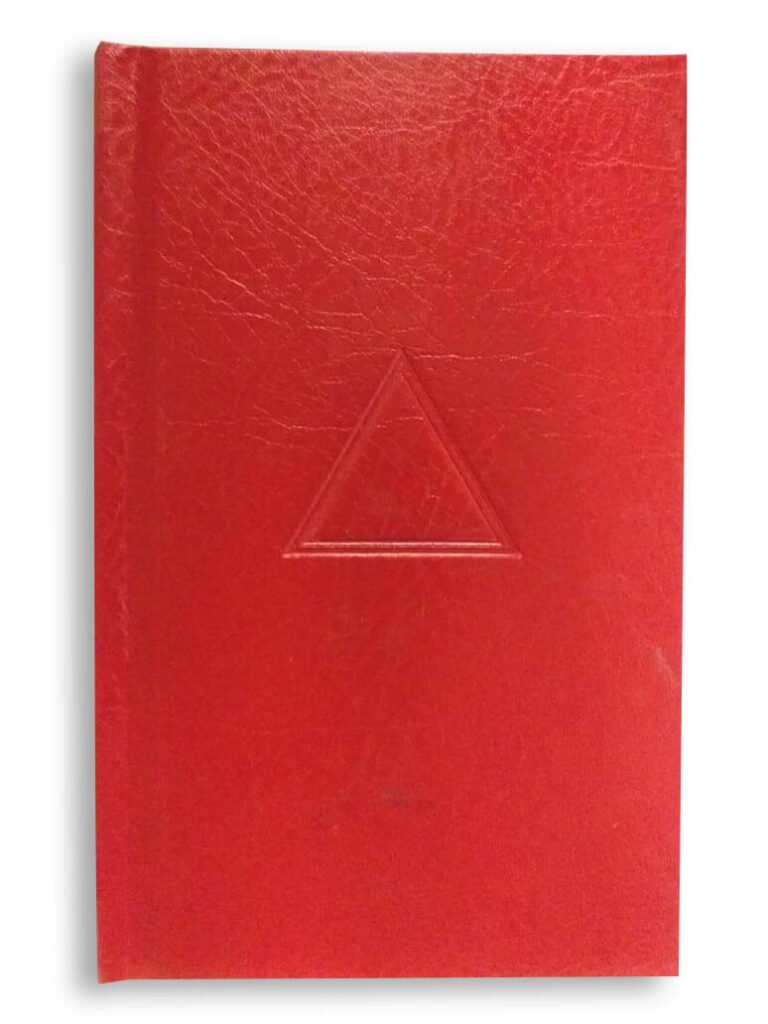
One thing I didn’t even think of while researching this topic, until a good friend and Brother pointed it out, was that Ritual diversity is not limited to just the Craft degrees; it extends into the Royal Arch, which continues the moral and symbolic journey begun in the Craft. Within England, there are three main recognised workings: Complete, Domatic, and Aldersgate. Each has its own character, structure, and emphasis.
Complete Working
The Complete Working is the most widely practised Royal Arch ritual within UGLE lodges. Its hallmark is full sequence and clarity, covering every element of the degree from start to finish. Floor work is precise, with all officers and companions positioned according to a strict layout that visually communicates the narrative of discovery and restoration central to the Royal Arch.
Lectures are delivered consistently and measured, ensuring candidates can follow both the moral and symbolic content. Ceremonial timing is carefully maintained, and symbolic points, gestures, and approaches to altars are fully observed.
Historically, the Complete Working represents the culmination of Royal Arch standardisation efforts in England. It preserves the full set of teachings and rituals, making it both comprehensive and reliable for lodges seeking uniformity.
Domatic Working
The Domatic Working is valued for its structured and disciplined approach, particularly in floor work. Every movement, position, and procession is rigorously defined. Compared with other workings, Domatic leaves little room for improvisation; the ceremonial sequence is almost entirely fixed.
Lectures are delivered with precision, often using phrasing that is considered more formal or “classic” than the Complete Working. This gives the ritual a sense of gravitas, with every word reinforcing the degree’s symbolic and moral lessons. Domatic preserves early Royal Arch ceremonial elements and is considered one of the more conservative strands.
Aldersgate Working
The Aldersgate Working is less widely practised, offering a blend of formality and interpretive nuance. Floor work is structured, but lectures allow subtle variations in tone or emphasis, enabling officers to highlight certain moral or symbolic points.
Aldersgate feels more narrative and reflective than strictly regimented, creating an immersive experience for the candidate. Historically, Aldersgate is a localised working preserved in certain lodges, carrying minor textual and structural differences from Complete and Domatic strands, yet retaining the central principles of the Royal Arch.
Summary of Royal Arch Variations
| Working Type | Floor Work | Lecture Style | Key Features / Notes |
| Complete | Precise, full sequence | Measured, consistent | Most widely practised; comprehensive teaching |
| Domatic | Highly regimented, almost fixed | Formal, classic phrasing | Conservative, preserves early structure; very disciplined |
| Aldersgate | Structured but slightly flexible | Narrative, reflective | Localised tradition; allows interpretive nuance, immersive |
Historical Context and Evolution
Rituals are living traditions, shaped by history, geography, and the personalities of Masters and officers. Early Masonic lodges in the 18th century often operated independently, producing local variations in text and ceremony. These lodges influenced what would eventually become Emulation, Universal, and other recognised workings.
The process of standardisation by UGLE in the 19th and 20th centuries aimed to preserve the essence of the ritual while providing a framework for consistency, particularly in the rapidly expanding number of lodges. Yet, even with this effort, local variations and adaptations persisted, allowing lodges to retain a sense of identity and continuity with their past.
Today, the balance between tradition and flexibility is evident. Emulation emphasises uniformity, Universal manages a balance between discipline and nuance, and historical, provincial, specialist, and Royal Arch workings preserve local or archaic elements. This coexistence is one of Freemasonry’s strengths: a single moral and symbolic foundation expressed in diverse, living forms.
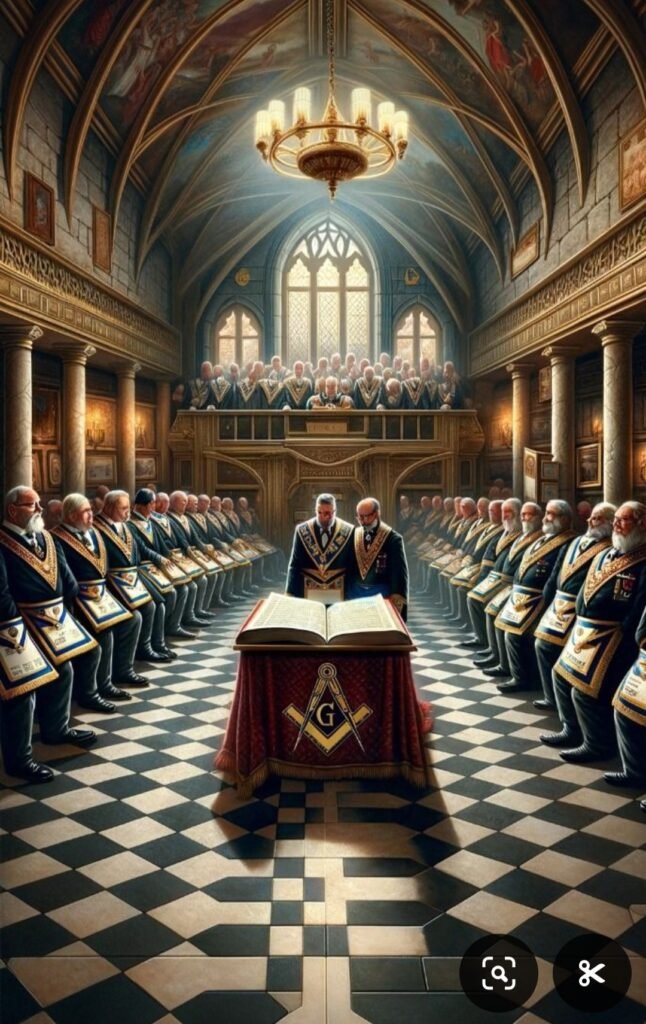
The Significance of Floor Work
Floor work is more than choreography; it is a symbolic language. The positioning of candidates, officers, and brethren communicates moral and philosophical lessons before a word is spoken. Processions, gestures, and approaches to altars visually narrate the journey of self-improvement and reflection central to Masonic philosophy.
Conclusion
Understanding ritual workings in Freemasonry requires appreciating both the shared foundations and the individual expressions.
What unites all these workings within the rituals is not the precision of movement or the exact phrasing of words, but the moral and symbolic lessons imparted. Candidates progress through the same journey of reflection, ethical awareness, and brotherly conduct, regardless of the ritual strand. Recognising the distinctions between workings deepens our appreciation of Freemasonry as a living tradition, one that honours its past while allowing lodges to express their identity in the present.
The richness of Masonic ritual lies in its variety, its depth, and its enduring ability to inspire looking inward and examining your own thoughts, feelings, motives and moral growth. By understanding the interplay between structure, flexibility, and history, we engage with the craft more fully, as both participants and witnesses to a tradition that is, above all, alive.
This being such a vast subject, with so many workings either still in use today or older, now-extinct workings, I hope I have done it justice through my research. If there are any mistakes or you feel I may have left something out of one of the workings, I encourage you to message me to let me know. Please note that I have tried to focus solely on workings practised within the United Kingdom, and does not explore those used in other countries or jurisdictions.
So I hope, if you haven’t already, go and visit as many different Lodges as you can, and experience the subtle differences within our Rituals for yourself.
Sources and References
All information in this article has been drawn from or cross-checked against UGLE-recognised and publicly available Masonic materials. Key reference points include:
- Emulation Lodge of Improvement: The Complete Workings of Craft Masonry (latest authorised edition)
- The Book of Constitutions — United Grand Lodge of England
- UGLE Quarterly Communications Reports and Lodge of Reconciliation historical papers
- AQC (Ars Quatuor Coronatorum), particularly Vols. 46, 68, and 93, covering ritual standardisation and working variations
- The Lectures of the Three Degrees in Craft Masonry (authorised UGLE editions)
- Supreme Grand Chapter of Royal Arch Masons of England – Regulations and Ritual Outlines
- The Stability Lodge of Instruction: History and Ritual Notes (London, 1950)
- Taylor’s Ritual: Notes and Commentary (London, Taylor’s Ritual Association)
- The Bristol Working: Origins and Development — Bristol Masonic Study Circle Papers
- Domatic Royal Arch Ritual (London, Domatic Chapter of Improvement)
